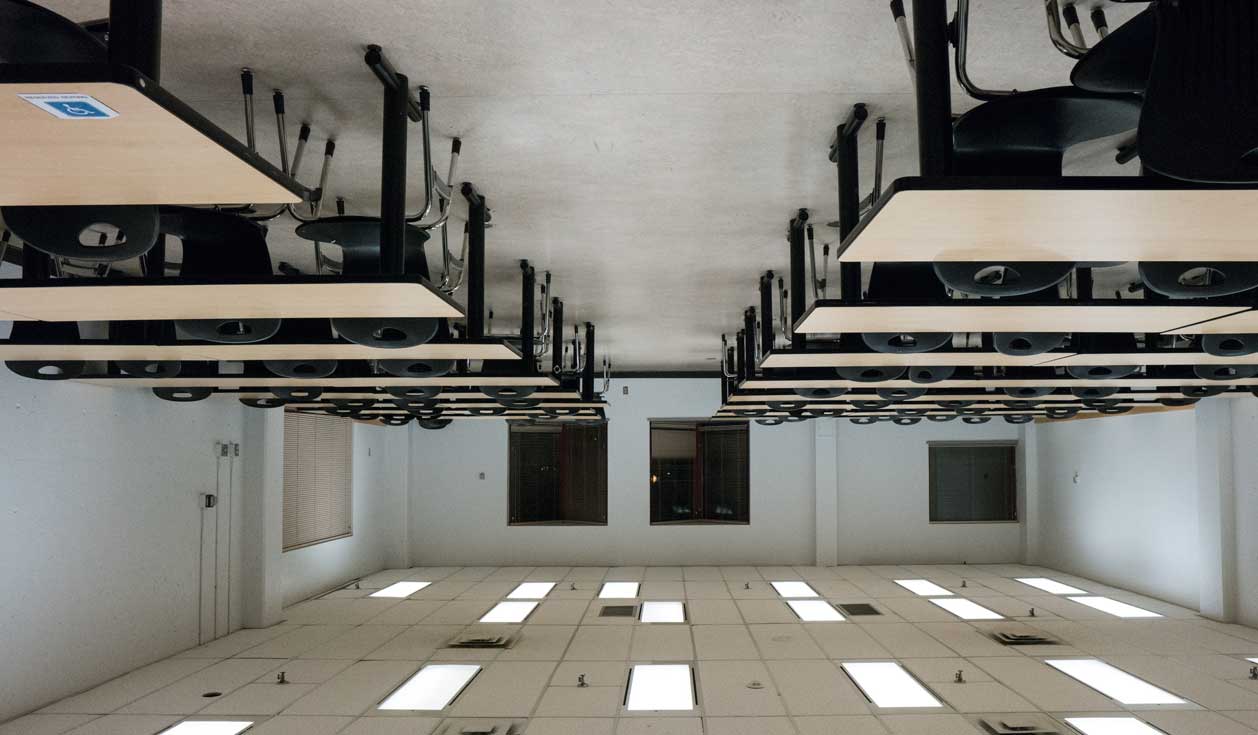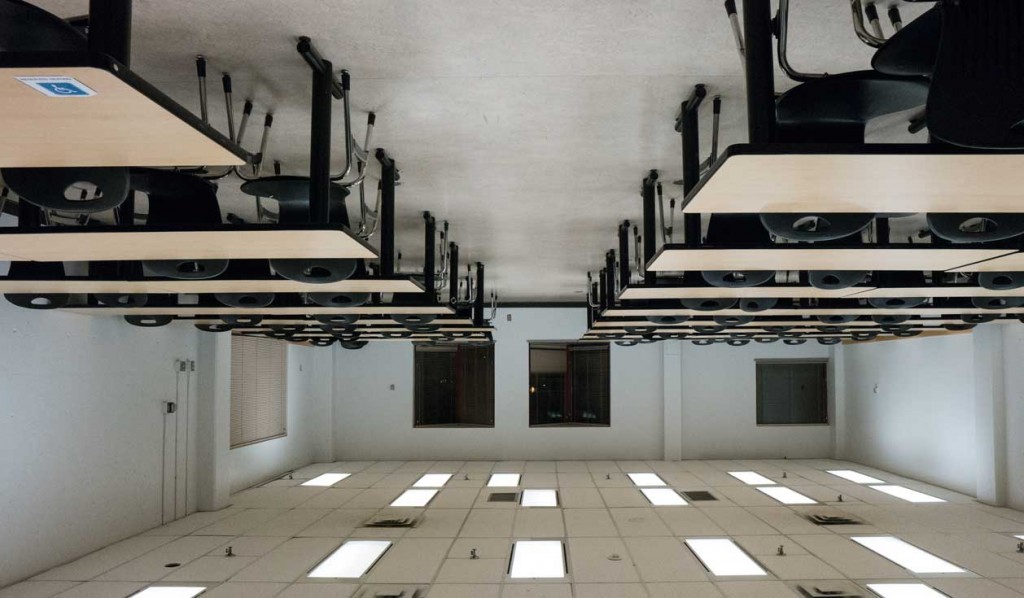By Joel Reobertson-Taylor (Contributor) – Email.
While the lecture format of instruction has stood the test of time, researchers interested in the responses of students and in teaching methods — a relatively new study that has only gained prominence in the last several decades — have asked the question: is this the best method of teaching? There has been a growing interest not just in how students perform in certain teaching environments, but what they think of these methods; this is where the research has been focused.
“In the traditional structure the professor talks, asks some questions, assigns some readings, then leaves,” says Molly Ungar, associate history professor at UFV. “However, there are many different developments in society that have occurred that have impinged on students’ attention spans. A student’s concerns, if [they] have three part-time jobs … are different than the person 30 years ago who did not have any jobs and had a little bit of money.”
Taking into account the different needs of today’s student, flipped classrooms have gained popularity as an effective approach to classroom-oriented teaching.
“It’s a very energized environment,” Ungar continues. “In a flipped class there are no lectures whatsoever. You don’t do your so-called homework at home, you do it in class.”
This structure allows for an instructor to give active, hands-on guidance to students while they work through exercises. Because readings or recorded lectures are viewed outside of class as preparation for the in-class activity, students may watch pre-recorded lectures or read text-books as much or as little as they need. It effectively reverses the traditional method of focusing on learning concepts in class and doing the prescribed work at home to familiarizing oneself with the material outside of class then harnessing the full teaching potential of a professor or instructor during class time.
“The whole class time is taken up by doing assignments, doing presentations, discussions of some kind, and doing exercises that enable you to do critical analysis,” Ungar says. The activities often vary from class to class, but the idea is to think critically and collaborate with other students. As for the instructor, “The instructor doesn’t do nothing, the instructor walks around and helps. That’s the key.”
A downside for the professor, Ungar notes, is that there is often substantially more marking involved because each class sees students produce different work about which they need feedback to progress and move forward with the material.
The method isn’t exactly radical — in fact, many classes already function as a hybrid between flipped and traditional formats. The flipped class doesn’t come as a remedy for the traditional methods but as another approach. It offers a chance for an exchange of dialogue and questioning which in some learning environments proves to be very effective. This doesn’t imply that flipped classrooms will replace lecture formats, as many students and instructors still prefer coming to class and listening to or presenting a lecture.
When delivering a lesson to large groups, lectures have the clear advantage of addressing many pupils at once. Most seminars and many religious events are structured around a single presenter delivering a message or teaching to a receiving audience. This format offers a different dynamic than teachings that require participation from the students.
Despite the contrasts in methods, Unger notes, “The issue here is not one of good or bad.” Quite commonly, she says, “People who get graduate degrees are not taught how to teach because most universities care about research.” These are institutions where ranks are gained through research, not through teaching. UFV, on the other hand, is a teaching-focused institution.
To inform and bring clarity to the alternative teaching approaches, Molly Ungar facilitated a workshop on February 2 for faculty and staff that looked at how flipped classes can be designed and implemented in lecture-based classes. Following the workshop, UFV may end up following the lead of many other Canadian universities, and see an increase in the use of the flipped classroom format.



